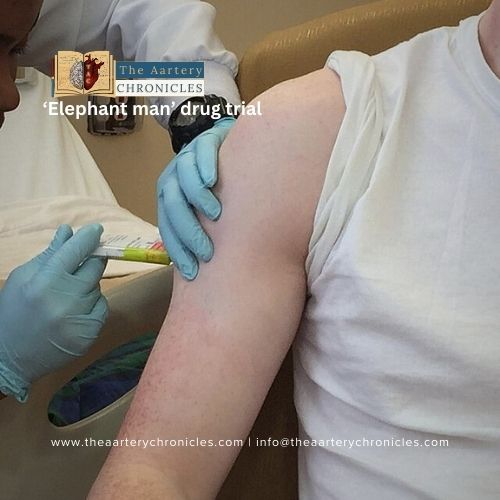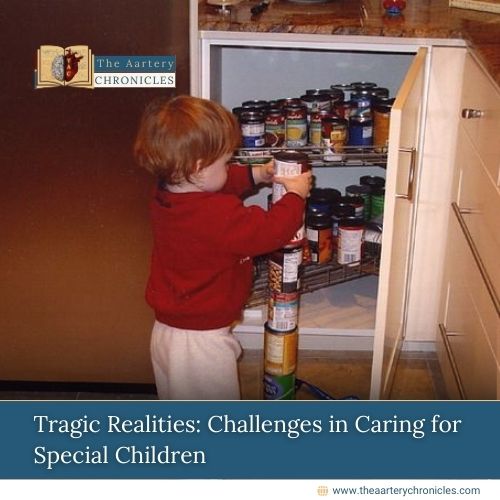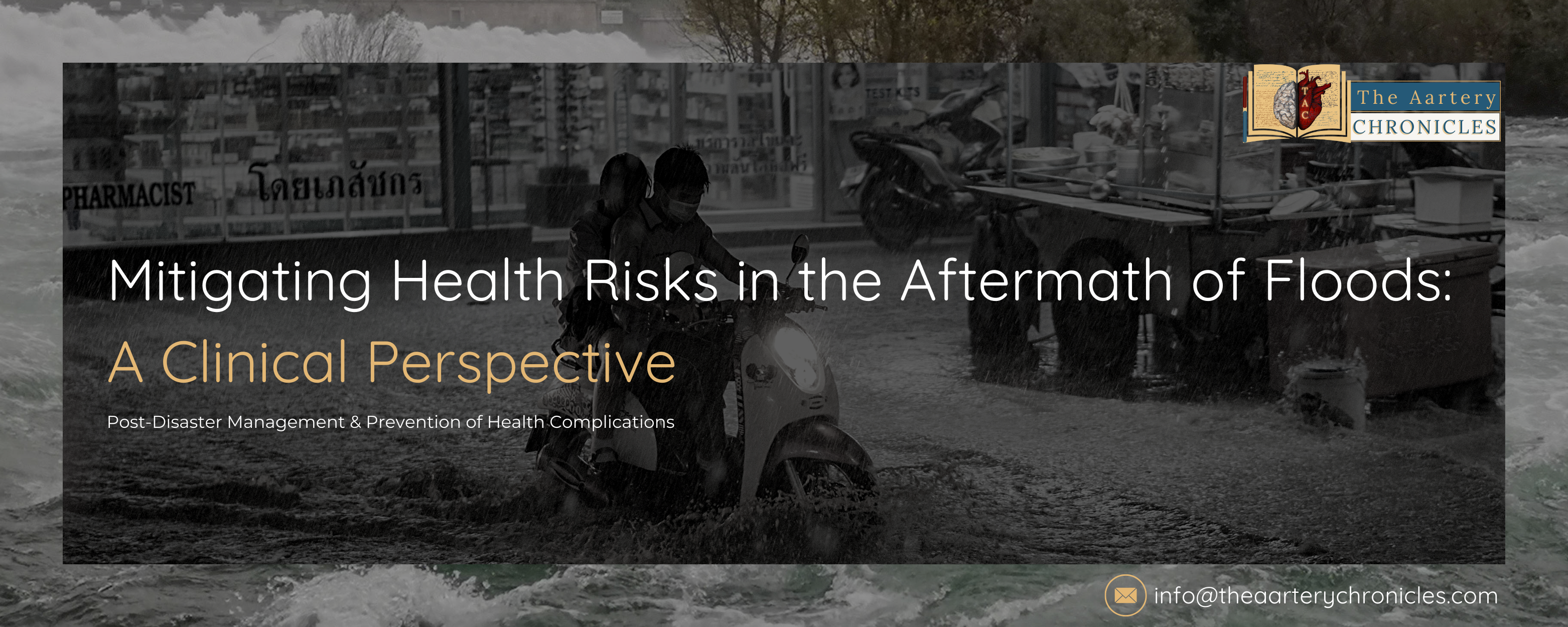
Floods, as nature’s powerful forces, can unleash devastating consequences upon communities, leaving behind a path of destruction and disruption. The aftermath of such calamities not only affects physical infrastructure but also poses significant risks to public health, particularly concerning vector- and rodent-borne diseases. As witnessed in recent heavy monsoons and flooding across various regions in India, the impact on both metropolitan cities and remote villages has been profound, necessitating urgent attention to safeguard public health. In this article, we will delve into the potential health hazards that follow floods and provide essential clinical guidelines to protect individuals from water, food, and vector-borne illnesses.
Effects of Floods
Recent heavy monsoons in India have resulted in severe flooding, impacting numerous states and cities. The Western disturbance, coupled with intense rainfall, has caused widespread devastation, necessitating large-scale rescue and evacuation operations. Cities like Delhi have grappled with the overflowing Yamuna River, while Himachal Pradesh, Punjab, Uttarakhand, Haryana, and Gujarat have also faced the wrath of nature’s fury. Amidst this, the focus should shift from the blame game to preparedness and safeguarding public health. Diseases and healers do not discriminate, making it essential for us to be well-informed and equipped to handle the aftermath of such disasters.
In the wake of floods, stagnant water becomes a breeding ground for disease-carrying vectors such as mosquitoes and rodents. The rise in vector-borne diseases, such as dengue fever and malaria, poses a significant threat to the affected population. Additionally, the contamination of water sources during floods increases the risk of waterborne illnesses, leading to severe dehydration and potential fatalities. Apart from these, there are some other symptoms such as dizziness, cognitive changes, and neurological symptoms such as problems with balance, muscle weakness, etc.
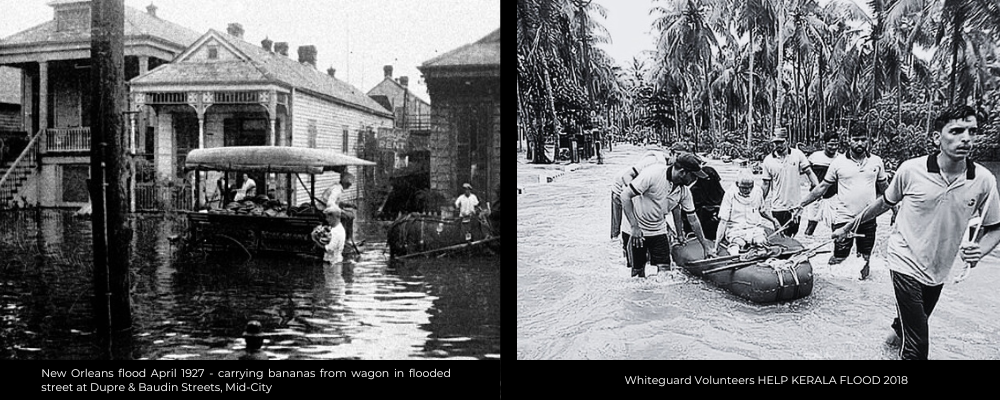
Clinical Guidelines for Post-Flood Safety:
Water Quality Assurance: Ensuring access to safe drinking water is Crucial. It is recommended to always boil water before using it or use chlorinated water for drinking and food preparation. Authorities must Educate the people about the necessity of consuming clean, safe water from reliable sources.
Food Safety Measures: After the flood, prioritizing food safety is of utmost importance. Discarding any food items that have come into contact with floodwater is crucial, as consuming such food poses a significant risk of waterborne diseases. Maintaining impeccable hygiene in personal practices, including keeping hands, food preparation areas, and utensils scrupulously clean, is essential to prevent the spread of contaminants.
Moreover, it is advisable to avoid consuming street food and raw food in the aftermath of floods. This precaution becomes even more critical for vulnerable groups such as children and pregnant women. Encouraging them to adhere to eating only homemade foods ensures greater control over food safety and reduces the risk of exposure to potential health hazards.
Segregation of Raw and Cooked Food: Strictly segregate raw and cooked food to prevent cross-contamination. Produce affected by floodwaters should be promptly discarded to eliminate potential health risks.
Thorough Cooking: Cook the food thoroughly to eradicate any contaminants that might be present. Adequate cooking temperatures ensure the destruction of harmful pathogens.
Safe Storage Practices: Use secure containers made of metal, glass, or thick plastic to store food and water. These containers effectively prevent contamination and preserve the integrity of the stored items.
Proper Utensil Cleaning: Thoroughly wash all utensils used for eating and cooking before and after use. This practice minimizes the risk of transmitting diseases through food.
Prompt Disposal of Trash: Timely disposal of trash in covered bins is essential to prevent fly infestations, which can exacerbate health hazards.
Garbage and Decaying Material Removal: Swiftly remove garbage and decaying materials to reduce the risk of pathogen proliferation in affected areas. Use covers or bags to dispose of dead rodents or animals.
Disinfection Protocols: Use bleaching powder and lime to disinfect areas affected by floods, maintaining a hygienic environment.
Avoidance of Rodent-Contaminated Food/Water: Do not consume any food or water that may have come in contact with rodents to prevent the spread of diseases carried by these animals. Use Boiled water or Seal-packed water bottles until further notice from the Authorities. Always prioritize eating homemade food during the Monsoon season as it significantly reduces the risk of contamination.
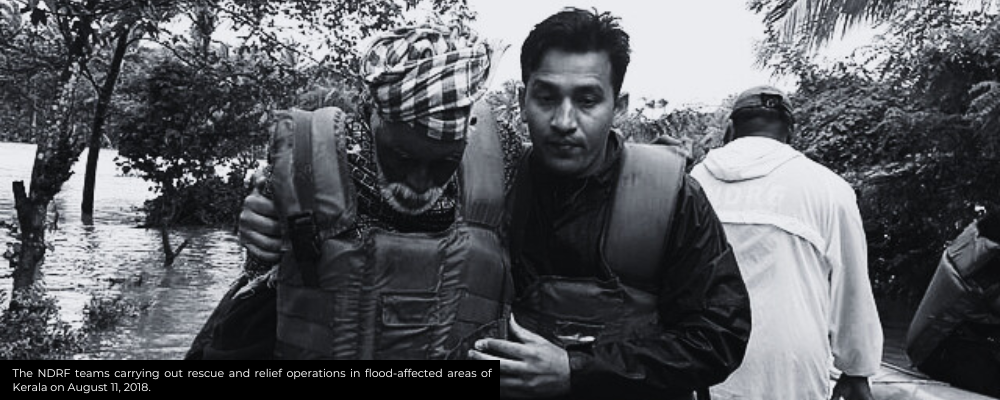
Post-disaster stress management after floods is vital for affected individuals. Establishing or re-establishing routines, such as regular meals and exercise, helps promote stability and emotional well-being. Engaging in hobbies and creative activities offers a necessary respite from the demands of the flood aftermath. Taking care of physical health with a balanced diet and ample rest supports mental resilience. Connecting with others to share concerns and seek support fosters a sense of community during challenging times. While staying informed, limiting exposure to news and verifying sources prevent the spread of rumors that can exacerbate stress. If distress persists, seeking professional help ensures long-term recovery and coping mechanisms.
Through collective efforts and adherence to clinical guidelines, we can build resilience and foster community well-being in the face of natural calamities. Remember, knowledge is the most potent tool to combat health challenges, and with this understanding, we can fortify our communities against the aftermath of floods.

Author: Dr Darshit Patel


